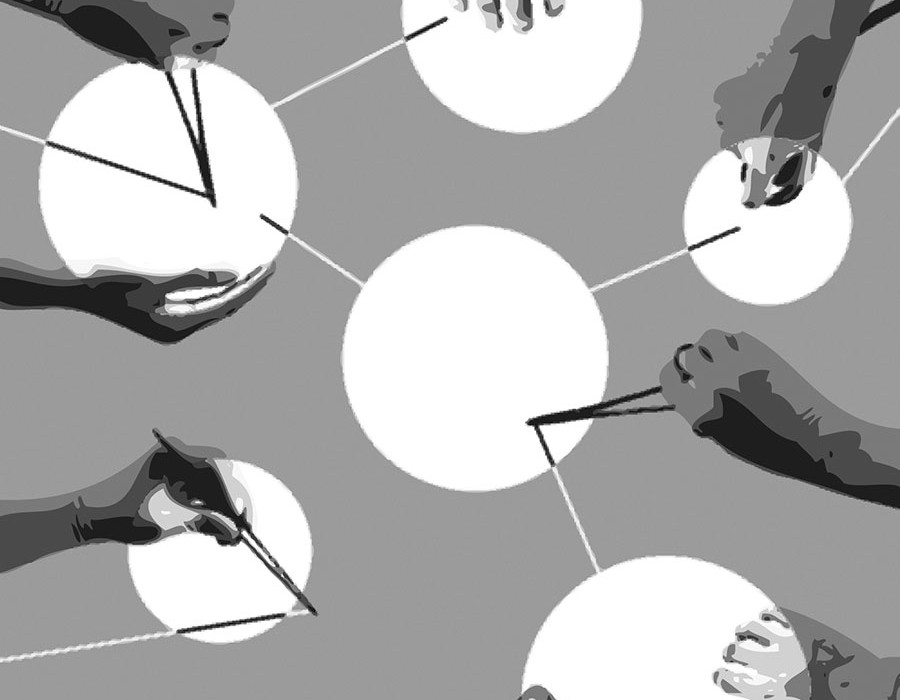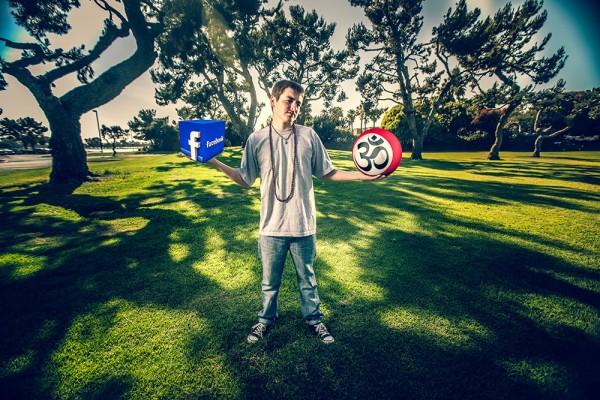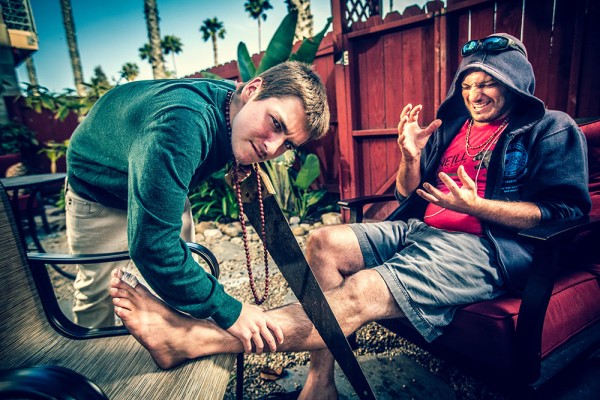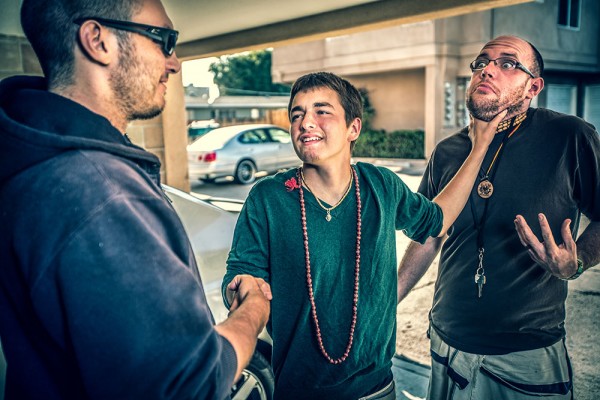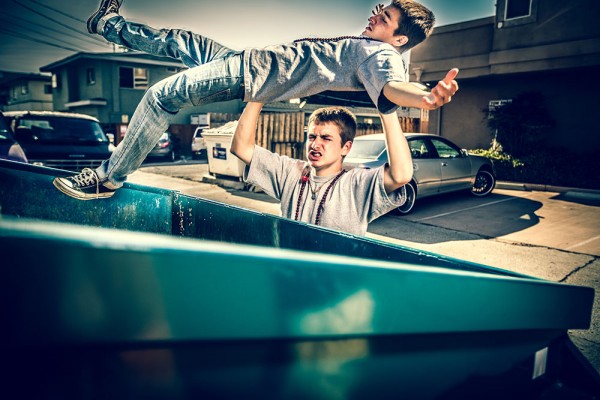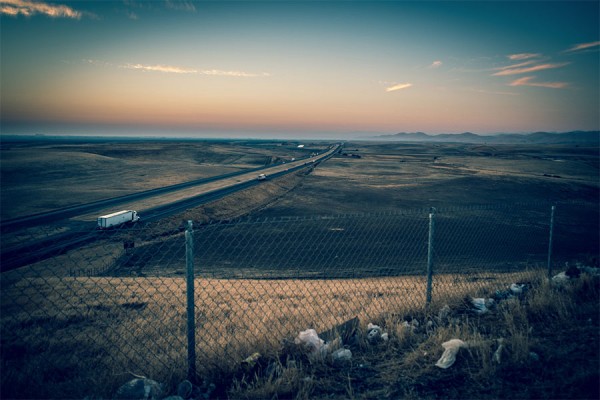Looking At Death Under Another Perspective
Nowadays, the great innovations of medicine and science can maintain patients alive, even those who in the past were given no hope to survive. These innovations can artificially prolong the patient’s existence even though they will never regain acceptable health and life conditions. This situation is commonly called over-medication. Since the 1960s, there has been developments in transplant surgery because of how doctors are now able to handle cerebral death. Before that time, the extraction of organs from a patient with a heartbeat was deemed a felony.
There are many crucial questions regarding this polemical topic. Up to which point is it morally right to keep a body alive that is worn out and unable to grant a minimum of dignity to the person? What is the line that marks the decisive boundary between unavoidable medical assistance and over-medication?
The story of Eluana Englaro and other similar stories, such as those of Piergiorgio Welby and Terry Schiavo, brought this topic to the forefront of public attention.
The incomparable value of freedom, sacredness, dignity of life, and respect to all creatures should be a common patrimony in every social body, regardless of its scientific or individual religious orientation. This should be true not only toward human beings but also toward every living being. Life must be protected in each of its manifestations. In the complex human, social and scientific context, it is becoming ever more important and urgent to offer information and teaching on the process of dying. It is also important to offer information on life after death in accordance with the medical-scientific perspective and spiritual, humanistic and existential perspectives. It should be done by operating with sincerity so that each person can build, without intrusion or cultural prejudices, a clear vision of his will and give an explicit and clear indication of his will. Indeed, we can have better opportunities to self-determine our present and our future if we open ourselves to a deeper comprehension of death phenomena by detaching ourselves from various taboos and societal prejudices that may hamper a mature analysis. In fact, only by growing in consciousness can we grow in responsibility and freedom.
The Vedic tradition can significantly extend our perception and conception of the individual and of death. Let’s not only wonder what to do with the organs of a dead body. Let’s also think of the future of that person that lived in the body, and who, in accordance with the Vedic perspective, will continue to exist after leaving the body. How can we help that person still imprisoned in that suit that is now worn-out? How can we stimulate him to prepare himself to abandon it? How can we orient the evolutionary journey that will begin after his clinical death is confirmed?
The answer to these questions is important not only for those that work in the medical field but also for every individual. Welcome, assistance, and accompaniment are three key concepts in this area.
To welcome another person means not only opening our arms to him/her but also our hearts and minds. Assisting someone means intervening with sensitiveness by becoming emphatic and listening to the modalities and the needs of others. Accompanying means helping the patient reach his destination by providing warmth, goodness, empathy, compassion, and mercy.
The Vedic tradition doesn’t’t use psychotherapeutic techniques, but instead gives invaluable teachings about the development of a cosmic vision of life, man, and the world that doesn’t concentrate on the resolution of psychological discomfort but on the elevation of a global consciousness. This allows those who apply it, to re-discover the entirety of their nature on the bio-physical-spiritual level and express all of their most noble potentialities and aspirations by facing death in an inner-peace state.
Why does death exist? Who or what dies? How can we prepare ourselves? What does dying consist of? How can we assist a terminally ill person? How can we interact with his family and with medical personnel? By asking ourselves these questions, we can reach surprising revelations.
The first question to ask ourselves is: when medication is no longer effective, what can we do to take care of the person? Can we transform a traumatic even such as death into an evolutionary experience? The answer is, yes!
The phenomena of death is usually experienced by the person dying as the end of everything, with tonalities that go from resigned to dramatic, all the way to desperate. However, according to the Vedic spiritual tradition, death doesn’t exist as an entity, but only as a concept or a moment of transaction from one segment of life to another. Through a development of one’s consciousness, every human being can learn to “live” by perceiving that his identity is different from his body, thereby discovering a new phase of his eternal existence.
Bhagavad-Gita (II.20) says: “The living being is not born, nor will he die. He is eternal. He doesn’t die when the body is destroyed.” Tagore writes that “we walk when we lift our foot, just as much as when we put it down. Like daybreak prepares the new day that will later reach the sunset; [similarly] the sunset, through the night, will lead to a new daybreak.”
Life goes on incessantly and if we understand its transcendental meaning, we can overcome even the greatest fear, the fear of death, and realize our immortality. When this is realized, we experience authentic freedom and happiness.
Marco Ferrini, PhD. :
matsyavatara.blogspot.it
centrostudibhaktivendanta/en
facebook.com/matsyavataraprabhu

